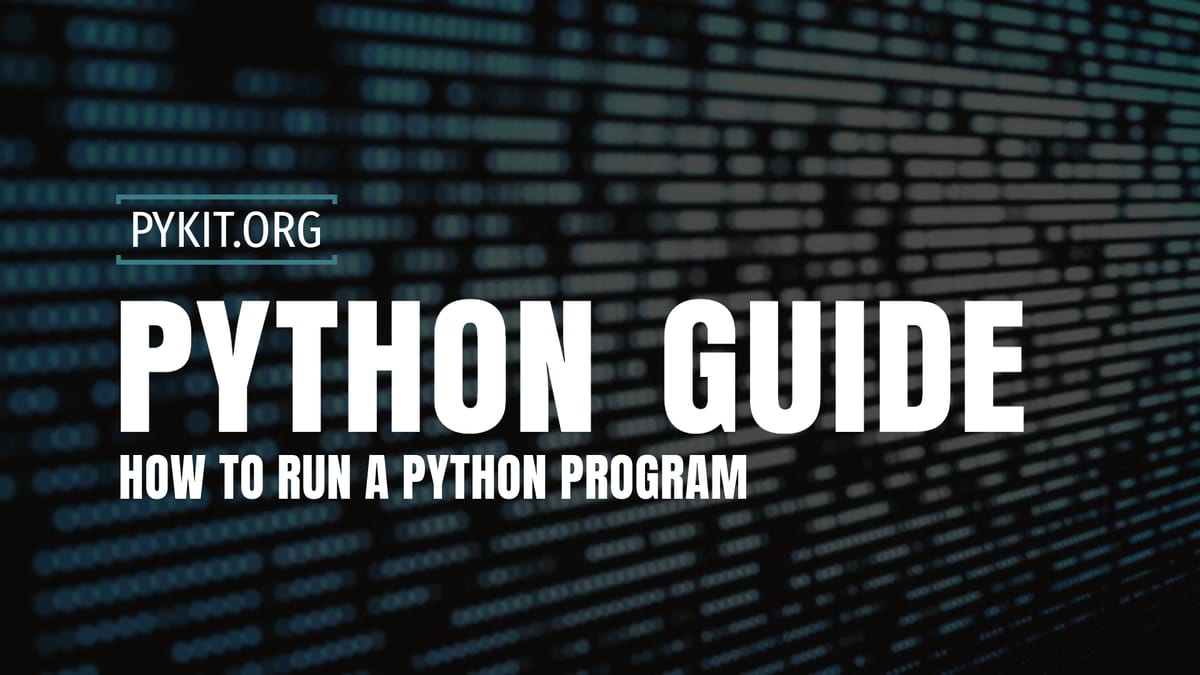How to Run a Python Program: A Step-by-Step Guide
Unlock the simplicity of running Python programs, from setup to execution, and take your first steps into the world of coding.

Python, known for its versatility and simplicity, has become a staple for beginners and experienced developers alike. This guide will walk you through setting up your Python environment, writing a basic program, and running it successfully. Plus, we’ll touch briefly on managing Python dependencies, a fundamental skill for working with more complex projects.
Setting Up Your Python Environment
Before running a Python program, ensure Python is installed on your system. Python comes pre-installed on most Linux and macOS systems, while Windows users can download it from the official Python website.
Verify Python Installation
Open your terminal or command prompt and type:
python --version
or
python3 --version
This command should return the version of Python installed. If not installed, follow the prompts on the Python website to download and install it.
Writing Your First Python Program
You can write Python code in any text editor or IDE (Integrated Development Environment). For beginners, an IDE like PyCharm or the simpler IDLE, which comes with Python, can be very helpful.
Create and Write Your Python File
- Create a new file and save it with a
.pyextension, e.g.,hello.py. - Open this file in your editor and write your first Python code:
print("Hello, World!")
Running Your Python Program
Option 1: Using the Command Line
Navigate to your file's directory and run:
python hello.py
or
python3 hello.py
Option 2: Using an IDE
Most IDEs have a 'Run' button. Simply open your .py file and click this button. The output will appear in an integrated terminal or output window within the IDE.
Option 3: Interactive Python Shell
Enter the interactive shell by typing python or python3 in your terminal, then directly input your Python code.
Managing Python Dependencies
As your projects grow, you’ll likely need to install external packages. These are managed through dependencies, which can be installed using Python's package manager, pip.
To install a package:
pip install package_name
For a comprehensive guide on managing Python dependencies, including creating virtual environments, refer to our detailed article on "Managing Python Dependencies for Beginners".
Debugging Common Issues
If you encounter issues running your program, check for syntax errors, ensure you're in the correct directory, and verify Python is correctly installed and added to your system's PATH.
Conclusion
Running a Python program is straightforward with the right setup. As you delve deeper into Python, understanding how to manage dependencies will become increasingly important for building complex applications. Practice regularly and explore the vast Python ecosystem to enhance your coding skills. Happy coding!



